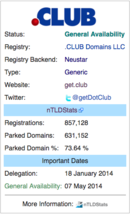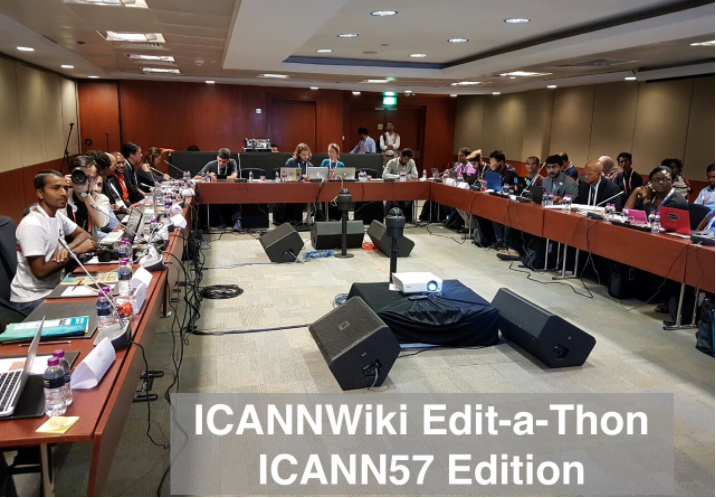Sandbox

|
ICANNWiki is a not-for-profit organisation dedicated to supporting the Internet community's collaborative development of wiki articles on ICANN and Internet Governance-related topics. (Learn More...)
Domain Locking, sometimes referred to as Registry or Registrar-locking, describes the service provided by registries or registrars to "lock" a domain name so that it cannot be transferred or altered without the explicit permission of the registrant. If a lock is in place, the registrant must request that the name be "unlocked" before such changes can be made.
Domain locking services emerged out of ICANN's Transfer of Registration Policy as a way of ensuring that transfers are intentional before they are completed. Domain locking addresses important security concerns, such as transferring a domain name without the registrant's permission. It is important to note that different registrars and registries may have different locking and unlocking procedures. Some automatically put locks in place while others have an opt-in procedure or a fee-based locking service. Domain locking has also been used by registries or registrars in cases of abuse or suspected abuse as locking the domain keeps the owner from transferring or deleting it. An example of this can be found in ICANN's URS Proceedings, where registry operators, after receiving a URS notice, are required to lock the name in question.








